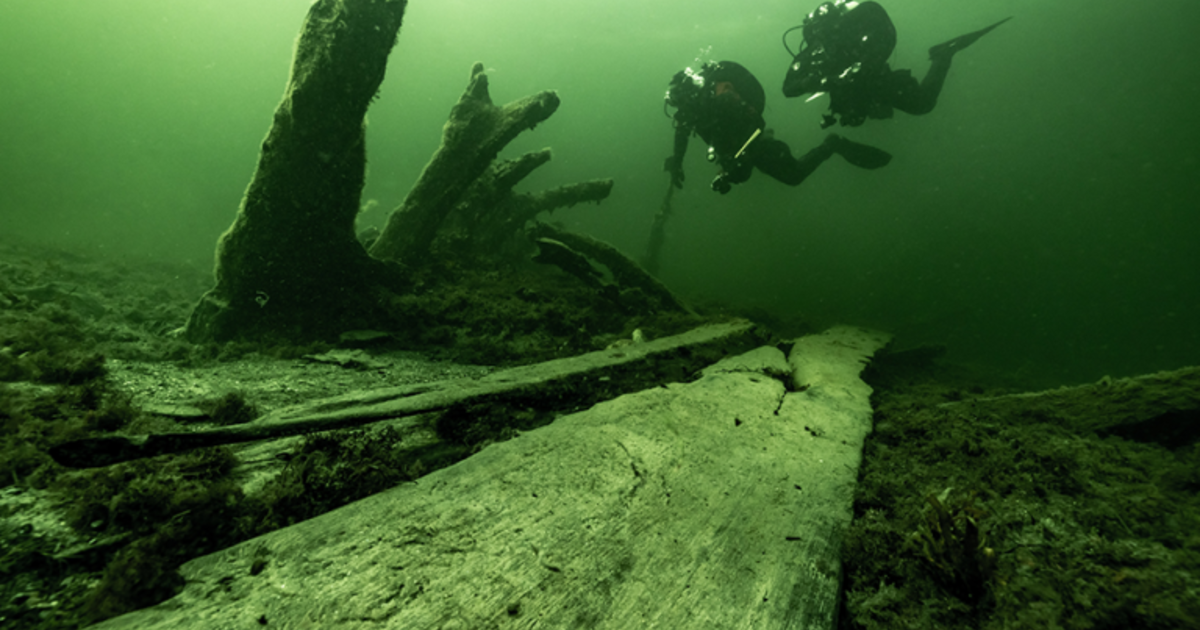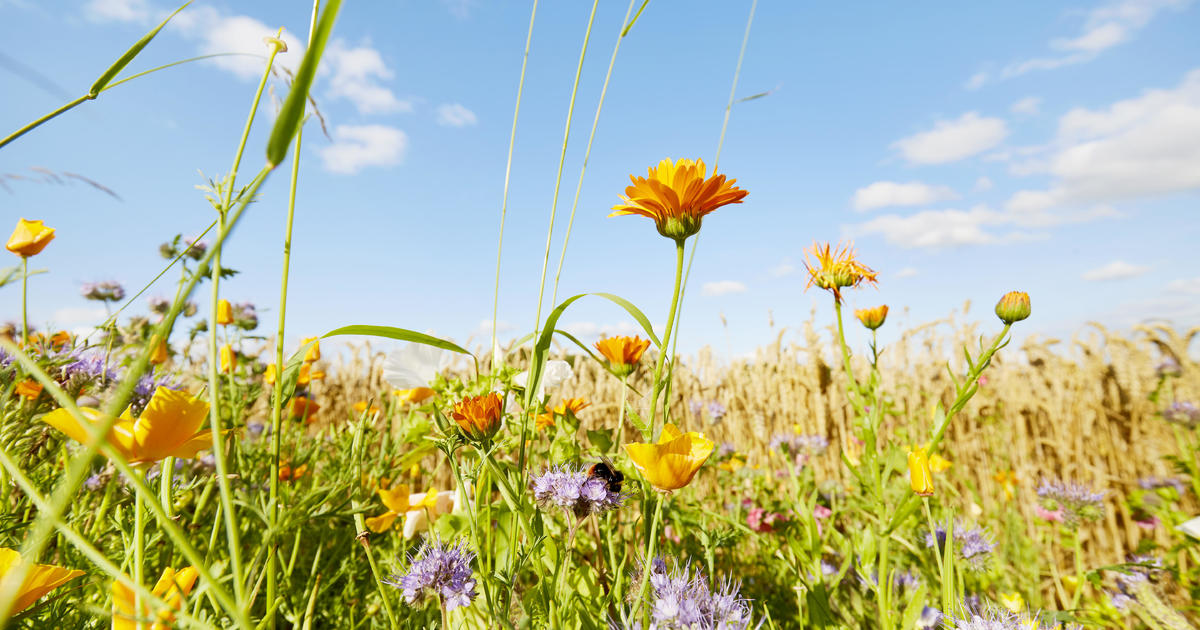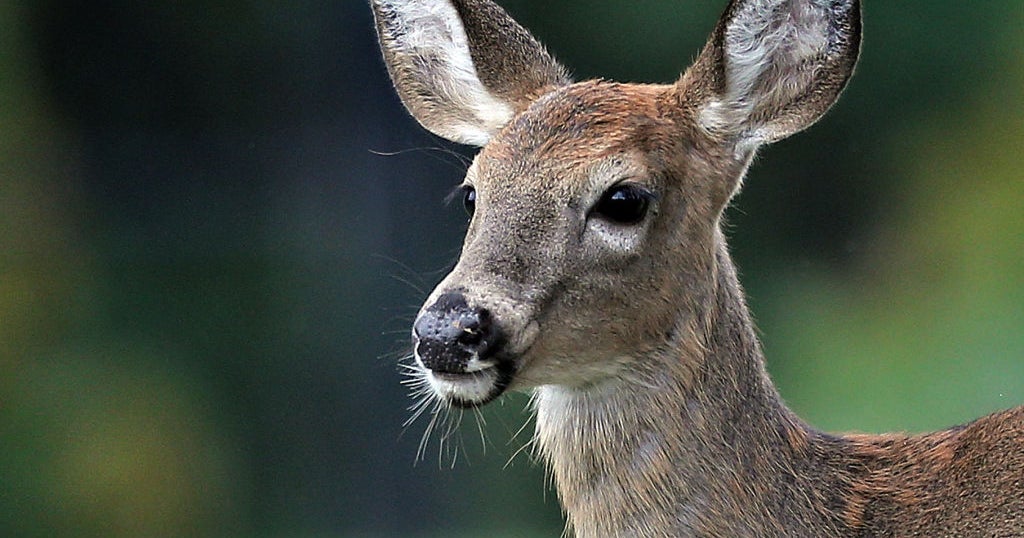DNA reveals what Neanderthals ate – and how they self-medicated
What exactly did Neanderthals eat to survive?
The answer varies wildly depending on where they lived, and a new study published Wednesday in the journal Nature reveals vivid new details about the dietary habits of our distant, prehistoric cousins. It also found evidence that Neanderthals figured out how to medicate their illnesses and injuries with substances found in nature.
An international team of researchers sequenced the DNA from hardened plaque on the teeth of five Neanderthal specimens from three different sites across Europe and analyzed the results to try to unravel long-running mysteries about Neanderthals’ diet and health. The five Neanderthals included two individuals from El Sidrón cave in Spain, two found in the Spy cave in Belgium, and one individual from Breuil Grotta in Italy.
Their findings are illuminating, and demonstrate dramatic geographic differences in the Neanderthal diet.
For instance, the Neanderthals who lived in what is now Belgium apparently ate plenty of meat, including woolly rhinoceros and wild sheep.
However, the Neanderthals from El Sidrón, Spain, showed zero signs of meat consumption; instead they got nourishment from foods like pine nuts, moss and mushrooms gathered from the forest.
The analysis also peeled back the curtain on how Neanderthals coped with sickness.
For instance, one of the Neanderthals from Spain appeared to have a dental abscess and stomach bug and was self-medicating with poplar, a natural painkiller containing salicylic acid, the same active ingredient in the aspirin you may have popped last week. The individual had also consumed the antibiotic-producing mold Penicillium — tens of thousands of years before Dr. Alexander Fleming used a strain of Penicillium to develop the first antibiotic, revolutionizing modern medicine.
The study adds another layer to Neanderthal history, which to this day has significant holes that confound scientists.
“Neanderthal diet remains a topic of considerable debate, with limited data on the specific animals and plants directly consumed or the potential effects on Neanderthal health and disease,” the researchers wrote.
Neanderthals are humans’ closest known, extinct hominin relatives. They co-existed and even interbred with our modern human ancestors in the Late Pleistocene age, then disappeared from Europe around 40,000 years ago, although extinction patterns beyond Europe across Eurasia are still ambiguous.





